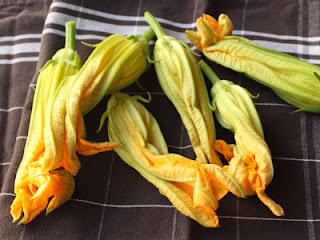Spatchcocked Spatchcock
“Spatchcock” refers to the method of cutting open a whole chicken, so that it sits flat in a pan, or on a grill. However, it wasn’t always the highly amusing verb it is today.
Originally, it was a highly amusing noun used to describe a small, young chicken. Since these tender birds were usually butterflied to cook faster and more evenly over the coals, “spatchcock” became the culinary term for this technique. So, if you use a small, young chicken like I did, then you’re actually spatchcocking a spatchcock, which is about the most entertaining answer ever to the question, “What are you doing for dinner?”
Originally, it was a highly amusing noun used to describe a small, young chicken. Since these tender birds were usually butterflied to cook faster and more evenly over the coals, “spatchcock” became the culinary term for this technique. So, if you use a small, young chicken like I did, then you’re actually spatchcocking a spatchcock, which is about the most entertaining answer ever to the question, “What are you doing for dinner?”
Above and beyond how fun it is to use in casual conversation, the technique really does work beautifully for grilling a whole chicken. Once you remove the backbone, and set free the sternum from its covering of cartilage, you'll have a bird that will cook quicker and more evenly. It also looks pretty damn cool.
If you don’t own a sturdy pair of kitchen shears, then I hope this video inspires you to go out and get this must-have piece of equipment. They make this technique incredibly fast and easy, and you can also use them to completely section a whole chicken into serving pieces, as we showed in this video demo.
Anyway, I hope you pick up some spatchcock soon, and give this whole spatchcocking thing a try. I’ll be showing a recipe I did using this technique in a future video, so stay tuned for that, and as always, enjoy!





























